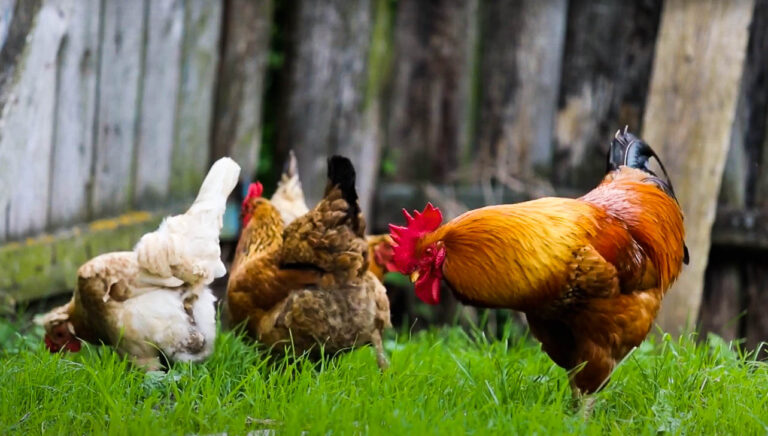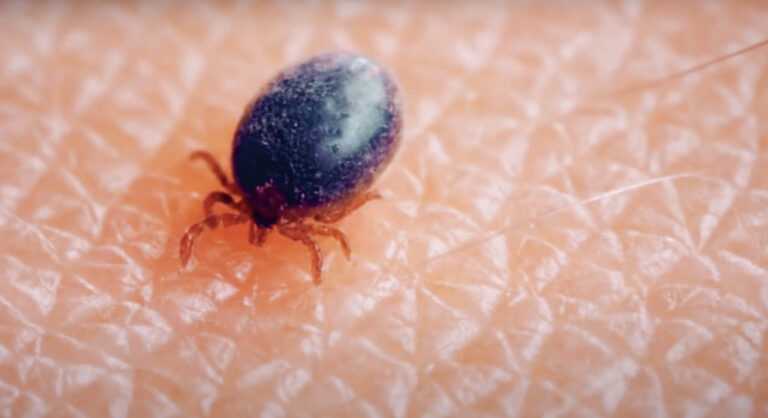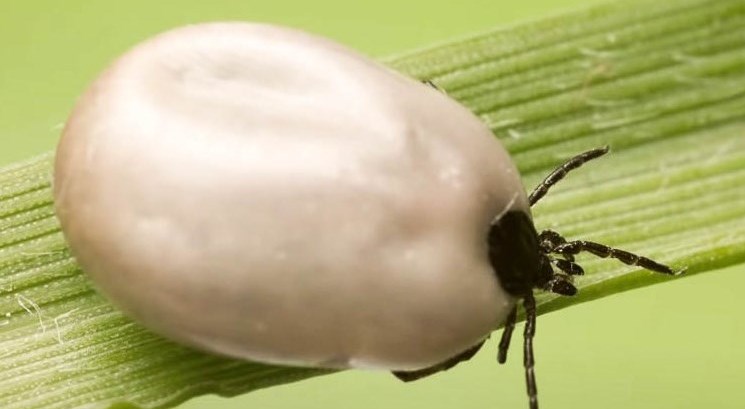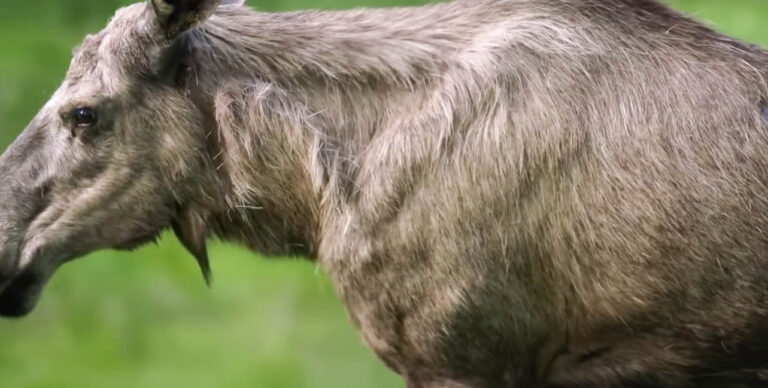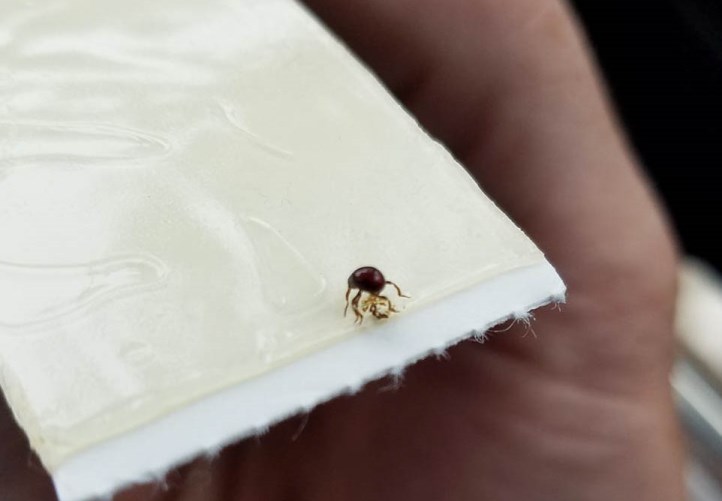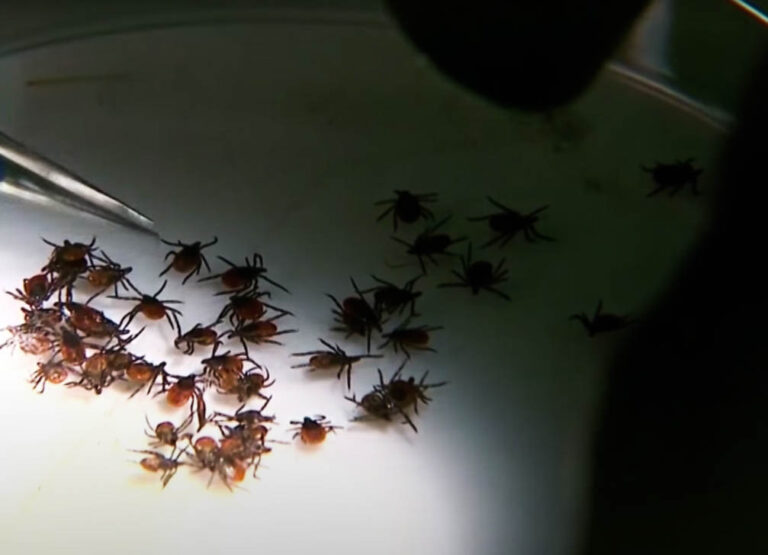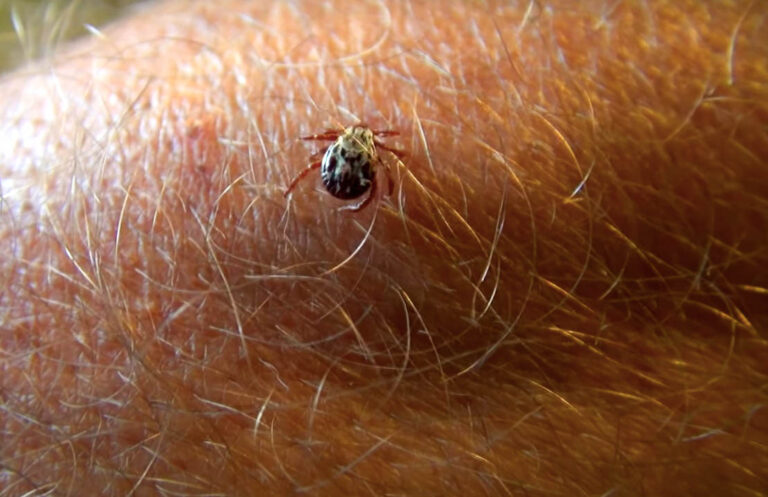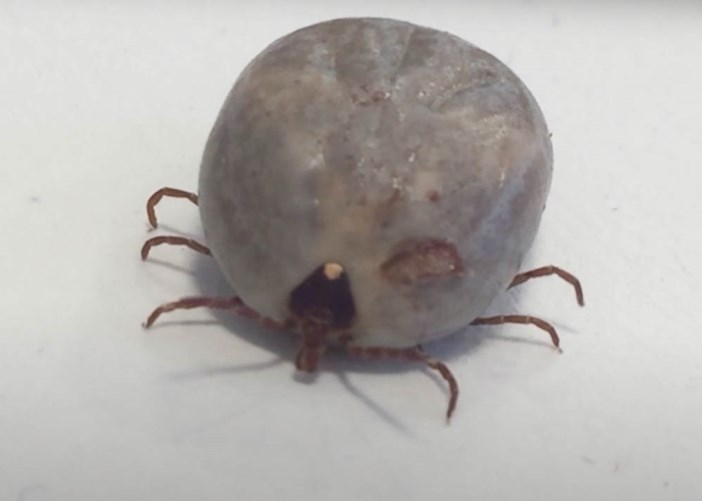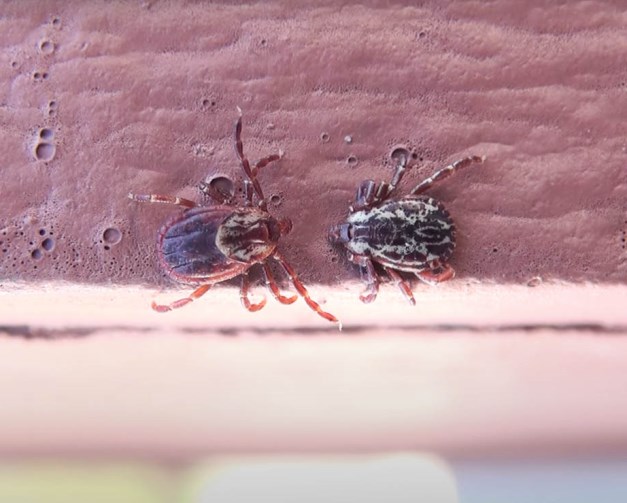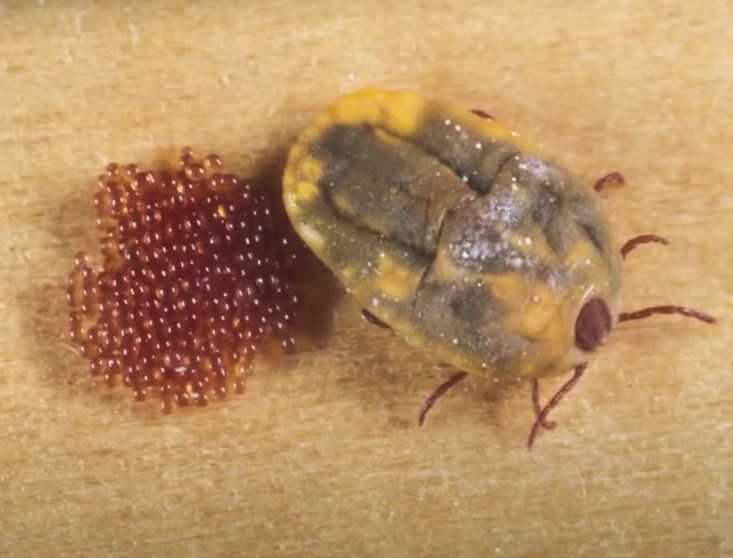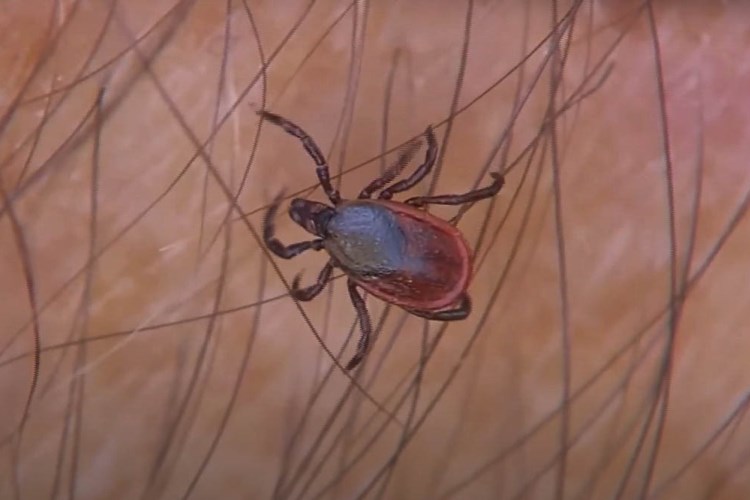About Fowl Ticks
About Fowl Ticks
As the name suggests, fowl ticks are parasites of chickens and other domestic fowl. They are also called the blue bug because of the way the color of their bodies changes to blue after they take blood meals.
Appearance
The average length of fowl ticks is ¼ of an inch. They may grow larger after taking blood meals. The color of the tick ranges from light to dark red-brown. After they take blood meals, the color of their bodies changes to blue. A characteristic feature of these ticks is their wrinkled skin. Since fowl ticks are soft ticks, they do not have hard scutum. Instead of the hard scutum, they have fleshy bodies. Other characteristics of soft ticks that fowl ticks possess include the hidden mouthparts. When the adult and nymphal forms are viewed from above, their mouthparts appear hidden. The lateral sides of the ticks are also rounded, a general feature of soft ticks.

Behavior
Fowl ticks are blood-sucking ectoparasites of poultry. Their preferred hosts are chickens and domestic birds. If their preferred hosts are no available, they could feed on pets and humans. Fowl ticks do not take blood meals for long. They come out of the lodging sites at night, take blood meals for about 30 minutes and then go back to the lodging sites.
Generally, fowl ticks carry and spread diseases. Even though they are not known vectors of any serious disease, the ticks can have serious effects on poultry farms. When the ticks feed on domestic birds and chicken, they can cause anemia and paralysis. Reduced egg production and weight loss are other signs of a fowl tick infestation. The tick bites could also cause red spots on the skin of the birds.
The anemia is directly caused by the loss of blood associated with the blood-sucking activities of the ticks. The ticks also carry pathogens that cause tick fever. Chickens and other domestic birds that are hosts of the ticks could also suffer from paralysis, because of the toxins the ticks release as they feed.
Even though the hosts rarely die from an infestation, fowl ticks can negatively impact their health significantly. This is especially true for poultry. The ticks can cause a lot of trouble for poultry farmers. During the day, they hide. At night, they come out, take quick blood meals, and go back to hiding. This makes tracking and controlling them particularly hard. It is also noteworthy that the ticks can survive long periods without blood meals, another feature that makes their control difficult as poultry cannot be relocated shortly to get the ticks to leave. They also attach at inaccessible parts, such as underneath the wings.
Life Cycle
The development of ticks goes through four stages: eggs, larvae, nymphs, and adults. After taking a blood meal, the adult ticks produce eggs. The female adult produces 25 to 500 eggs at a time. After about 30 days, the eggs hatch into larvae. The period it takes for the eggs to hatch is dependent on environmental factors such as temperature and level of humidity. The adult female typically lays the eggs in cracks around the poultry house.
Fowl tick larvae require blood to develop into nymphs. They get blood meals from domestic birds and could seek out humans and pets when necessary. They take blood meals for a few days until they are engorged. The engorged larvae fall off the host and molt into nymphs. The nymphs also need blood meals to develop into adults.

The nymphs and larvae remain attached to the host till they are fully engorged. The adults, on the other hand, take brief meals and go back to hiding.
Habitat
Fowl ticks are well distributed across the US with large populations in the western US. The southern and southwestern states of the US have higher populations of the ticks. Outside the US, large populations of the ticks have been found in South Asia.
They also have good global distribution as they are especially found in tropical and subtropical regions.

